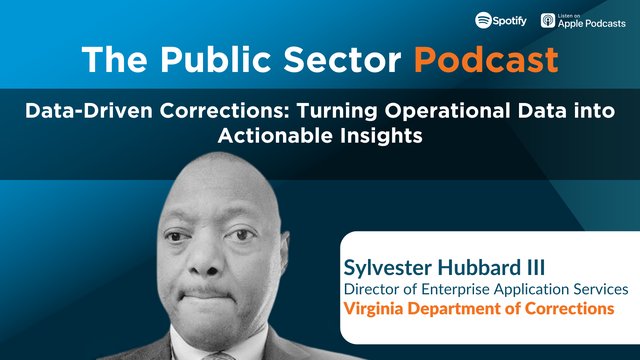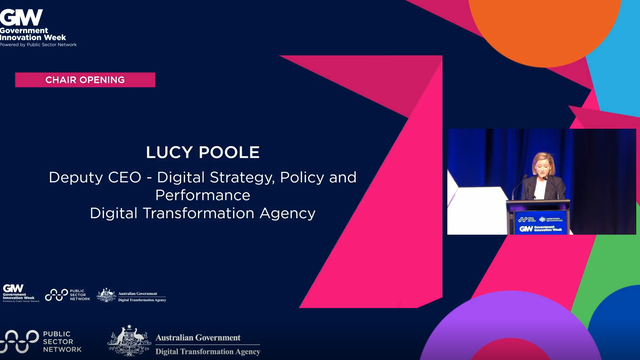
Tech enablement of learners has been acknowledged by the education community and others as a necessity for moving forward into the new skills-based hiring ecosystem for quite some time. The key is skills visibility. After all, what good is an employer focusing on hiring for skills if a candidate cannot prove what skills they have in a clear and verifiable way?
The good news is that technology-enabling skills visibility is already here. Tech enablement enables graduates and learners at all levels to showcase the skills they have acquired through a variety of learning pathways.
Through the use of machine-readable data, combined with human inputs and organisational technology and infrastructure, educators, learners, and employers can access data about the learner’s progress and achievements 24/7.
Parents no longer have to wait for a report card or teacher’s conference to accurately gauge learner progress. Learners can see where they are falling behind and need improvement, but can also pinpoint strengths and key skill areas where they excel.
This helps all of the stakeholders make better decisions. It answers:
- What help do learners actually need?
- What skills do they have, and how can those be harnessed to promote career readiness?
- What skills do learners possess now, before completion of their schooling that can lead to employability?
- What frictions can an institution remove from the learning journey?
- How can companies improve hiring and employee retention through skills visibility and alignment?
This next generation of credentials and learner records, combined with flexible learning pathways, form the foundation for the future of education. How do they work?
The Future of Work and Education are Inseparable
The jobs of today look nothing like the jobs of even a decade ago, let alone the jobs of our parents and grandparents eras. “Hard skills” while desirable are not enough – the rapid rise of generative AI skills in many fields is just one example.
To embark upon a successful career path, likely one that will include many job positions and likely several companies, today’s employees need transferable, soft skills – durable skills – that include the ability to learn, collaborate, communicate clearly, and apply creative solutions to as yet unknown challenges and opportunities. Historically, those skills have been difficult to verify.
One could illustrate their creativity by showing that they have written a novel. But who says the novel is any good or exhibits the creativity needed for an entirely unrelated job role? Teamwork may have been illustrated by participation in team sports or competitions, and collaboration could be shown through the completion of group projects or papers.
In this way, transcripts have always been seriously flawed. According to a report all the way back in 2008 by Farmington and Smalls:
“The chronic academic underperformance and student failure of most American urban high schools are actually created by the antiquated way that schools evaluate student academic performance and award (or deny) course credits…. For all students, there are only time-limited incentives to learn course material and no opportunity or incentive to improve performance or learn more after grades are issued; no mechanism for recording student progress relative to learning goals; and a lack of connection between classroom grades, state learning standards, and standardised accountability measures. Students earning low but passing grades accumulate credits even in the absence of substantive learning. They earn a high school diploma without achieving a requisite level of skills and knowledge.“
In other words, in a pass/fail scenario, none of the transparency available today existed. But there are new alternatives, and when put to use, the results are outstanding.
“… this is what students, families, employers and organisations want. The focus is on ensuring that students receive a world-class education that builds knowledge and skills for the future,” the Aurora Institute outlines. “New modes of credentialing, knowledge, skills, and qualifications are emerging to help achieve this goal.
And these are not just conceptual records. Things like the International Big Picture Learning Credential (released in 2020), the New Zealand Comprehensive Record of Achievement, and The Mastery Transcript Consortium (in the United States) are just a few examples.
These tech enablement solutions are helping redefine success when it comes to education.
Redefining Success
Gen Z are often looking for faster, more economical paths to meaningful jobs that offer wages they can live on and are aligned with their interests. It is clear that for many, the “work 9 to 5 and live for the weekend” lifestyle often promoted by their parents is not enough. These learners, even if they do not fully understand all of their options, are not only looking for work/life balance but are seeking satisfaction from their jobs and careers.
They often do not want to put their lives on hold to obtain a four-year degree, nor do they want the potential debt often associated with higher education. So they are looking for training and certifications offered outside of the traditional learning pathways.
To fill open positions with qualified and enthusiastic candidates, employers are more often revisiting whether or not degrees should be required for certain positions.
Some of these pathways include:
- Apprenticeships – where they are mentored by experienced professionals combined with related coursework often offered on the job, so the learner can also earn while gaining proficiency.
- Boot camps – short-term, intensive training for a specific skill (such as the coding camps offered by Apple and other tech companies).
- Certificates – sometimes defined by credit or non-credit learning, but focused on a particular career or set of skills.
- Certification – a credential obtained usually through testing or evolution on a specific skill or specific knowledge related to an industry or job position (automotive technicians are a good example).
- License – a credential based on competency usually established through both education and testing that is required by a state or organisation to hold certain professions (nursing, instruction, educators).
Some of these pathways still require postsecondary learning before the certification or licence can be issued. Some can also be obtained through a learner being able to demonstrate skills learned outside the classroom such as on-the-job training, volunteer work, and more.
The new world of work demands a new approach to transcripts and learner education records to showcase hard skills, soft skills, a variety of experiences, and a more well-rounded portrait of a graduate.
The New Portrait of Graduate
What does all of this mean? As outlined by America Succeeds in a recent article, learner-centred competency-based learning models centred around graduate profiles emphasise learner competencies, community involvement, employer partnerships, and holistic assessments. This leads not only to better outcomes, but richer and more equitable representations of graduates based on detailed, individual accomplishments rather than general transcripts and diplomas.
As we detailed in our blog post The Next Generation Learner: How to Deliver Visibility, Mobility and Personalisation, the Portrait of a Graduate movement seeks to:
- Align school operations and pedagogy to establish an individualised vision of learner success
- Create standards for mastery, based on predefined criteria
- Create a holistic approach to learning that goes beyond test scores
- Validate learning in a tangible way that is portable and shareable, separate from school records yet aligned with them
- Establish pathways to validate outside-of-school learning
To truly transform education systems, we need to rethink transcripts and in most cases, replace them with portraits of a graduate instead of employing digital credentials based on meaningful milestones. While at the moment, there are no set standards for what these learner records must look like, there are several things they have in common:
- They are accessible to the learner 24/7, and help guide their learning through clear communication of their current status in real-time
- They capture learning anytime and anywhere, not limited to in-classroom or in-school learning
- They align to a competency framework that outlines learning goals related to the intended outcome, including not only knowledge but transferable skills
- They showcase a student’s level of competency for each learning goal with transparent performance levels. These evaluations include terms like: “proficient,” “mastered,” “advanced,” “acceptable,” and “needs work.”
Besides the examples mentioned above, there are several initiatives in the United States exploring the portrait of a graduate concept, and the hope is that those programs will be expanded as they see success.
But to make things even clearer, let’s look at an example:

As we look at this example, first note the skills and alignments listed on the page. Note that this example is simplified compared to what many records might look like, which will showcase additional skills and alignments, showcasing a broader learner profile.
In the case of an active badge, the verify button would show the evidence behind the record. It is possible for this credential to be shared digitally with ease or even printed as needed.
The result is a portable, verifiable record of learning that can be accessed from anywhere, anytime, by anyone who needs access to the information.
Stop imagining the future of skills visibility. We can make this happen today. Join us. Contact Edalex to book a skills chat and a demonstration. Express your interest in the learner passport and we’ll be in touch.
Let’s make the next generation of credentials and learner profiles the norm rather than the exception, and together we can change the world.
Published by
About our partner

Edalex
Edalex is an EdTech company powering your single source of truth for skills and learning data. Founded in 2016, Edalex develops technology solutions that extract hidden value from educational data to make it accessible and more meaningful. Edalex brings together the team behind the CODiE award-winning openEQUELLA open source platform that centrally houses teaching and learning, research, media and library content.In 2019, Edalex launched Credentialate, the world’s first Credential Evidence Platform, that helps discover and share evidence of workplace skills. Credentialate creates order from chaotic data, provides meaningful insight through framework alignment and equips each learner with unique, rich, industry-aligned evidence of their skills and competencies. Credentialate has continued to evolve at an accelerated pace, informed in partnership with educators and industry leaders from around the world.openRSD was released by Edalex in 2022 to help create, store and share rich skill descriptors (RSDs) and RSD collections. openRSD uses Edalex’s open source technology stack to create locally- and globally-relevant libraries of RSDs that are open to all contributors and consumers. RSDs are the building blocks of a skills-driven labour market. They structure skills data, add context around a particular skill and are both human and machine readable. RSDs bring equity to the learner and the skills ecosystem and provide an even playing field for skills recognition.
Learn more
































